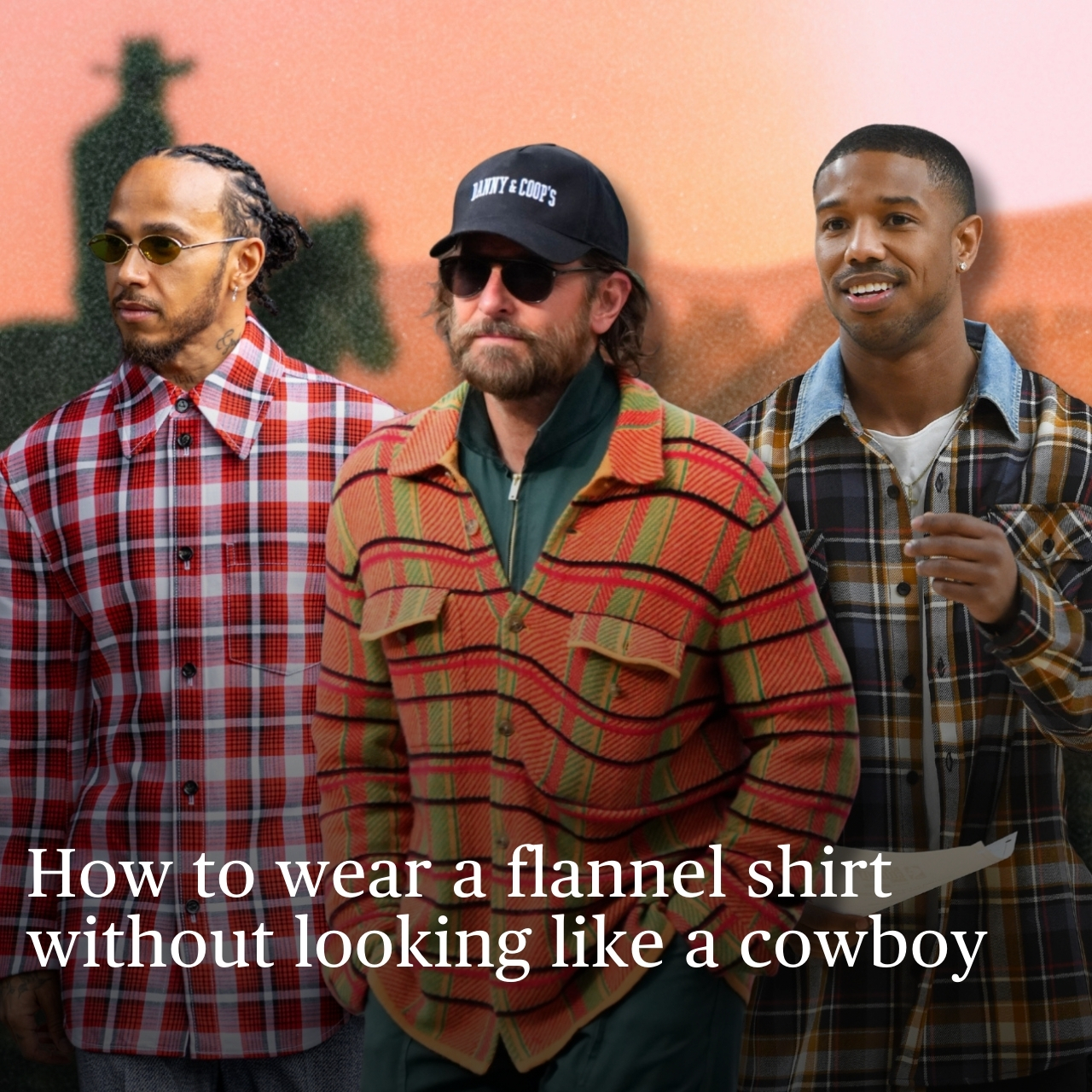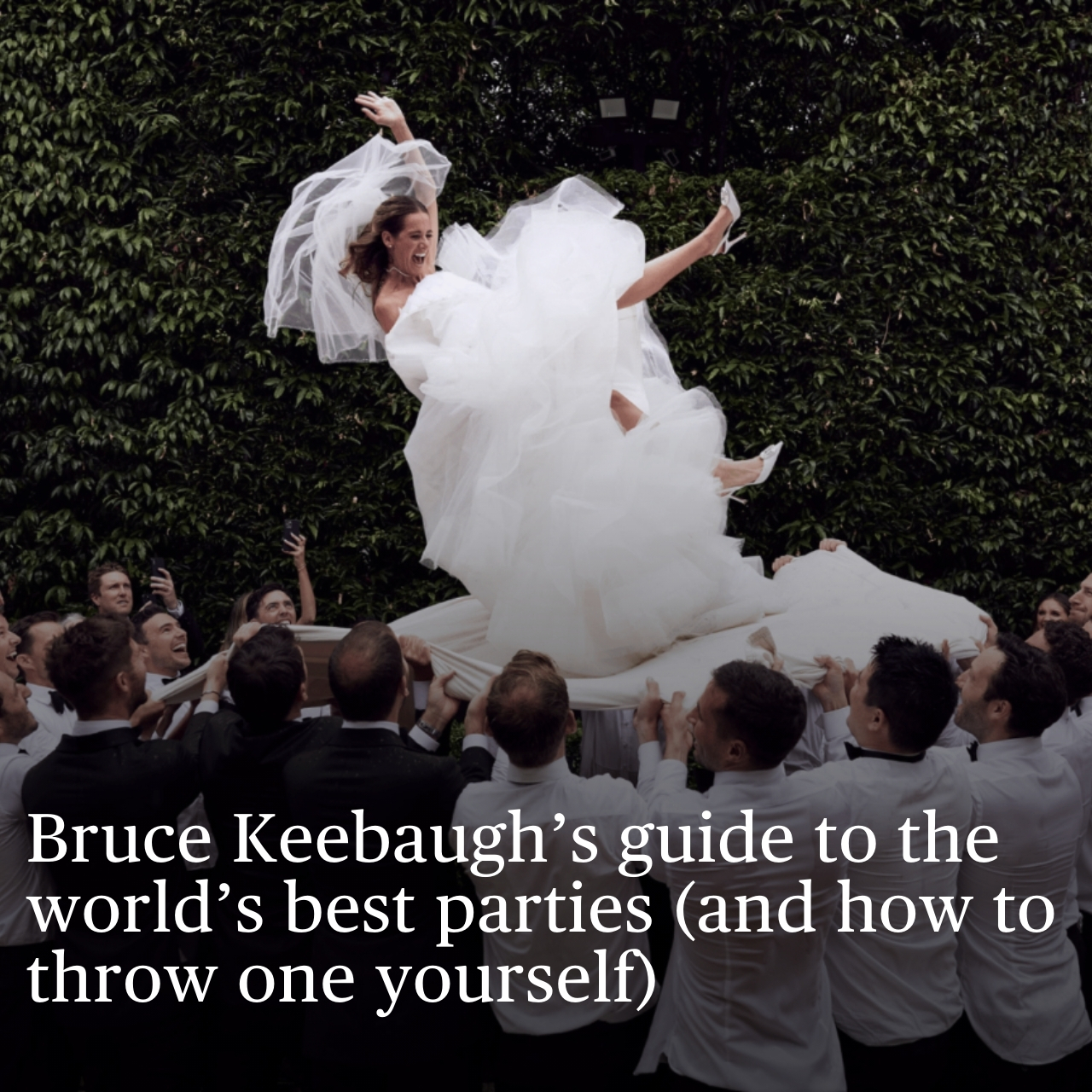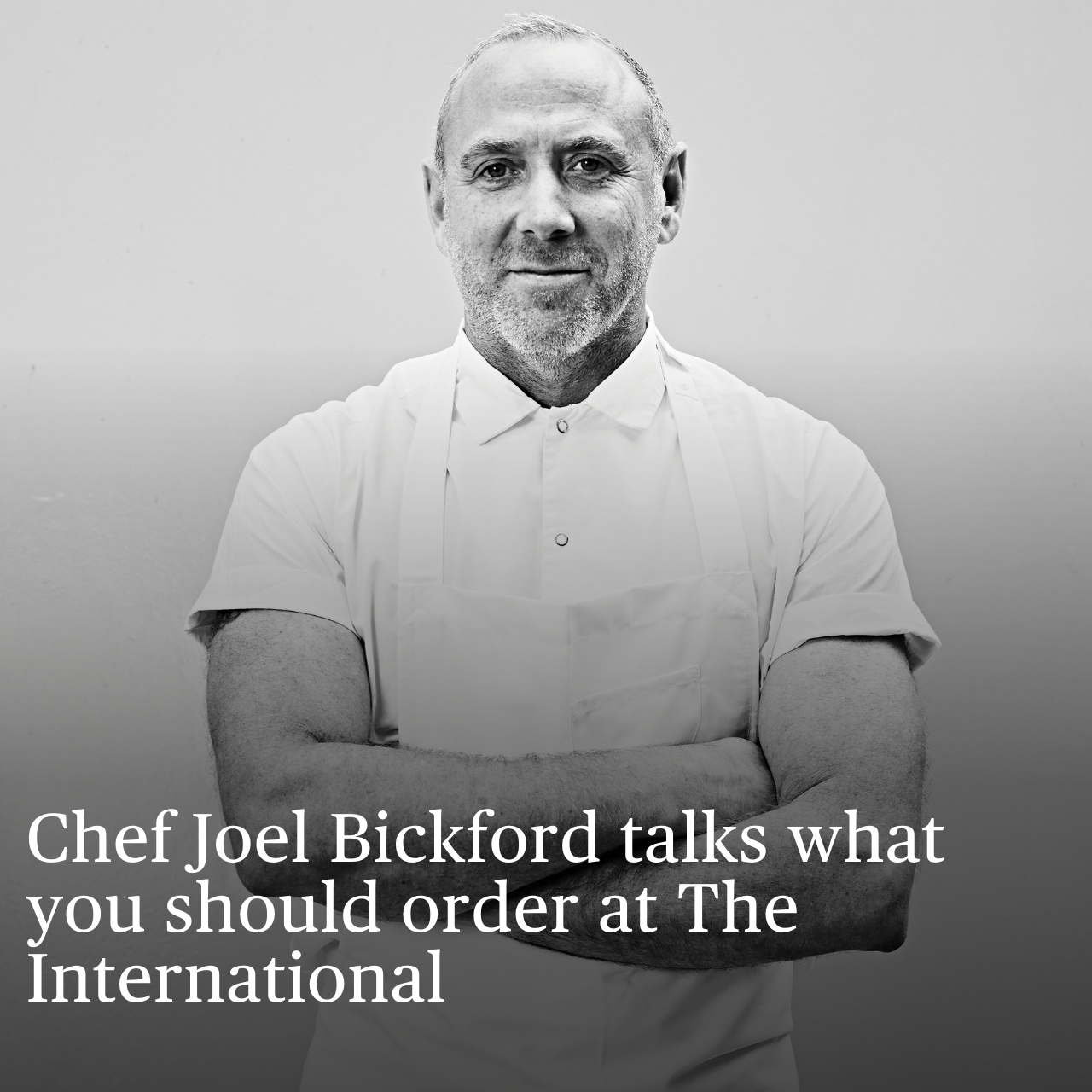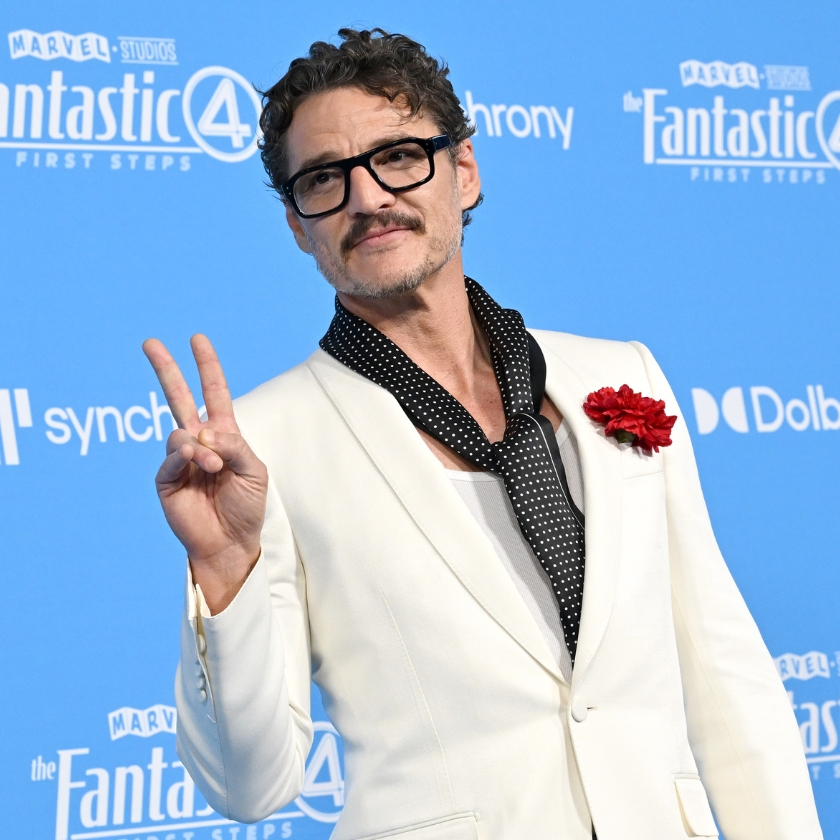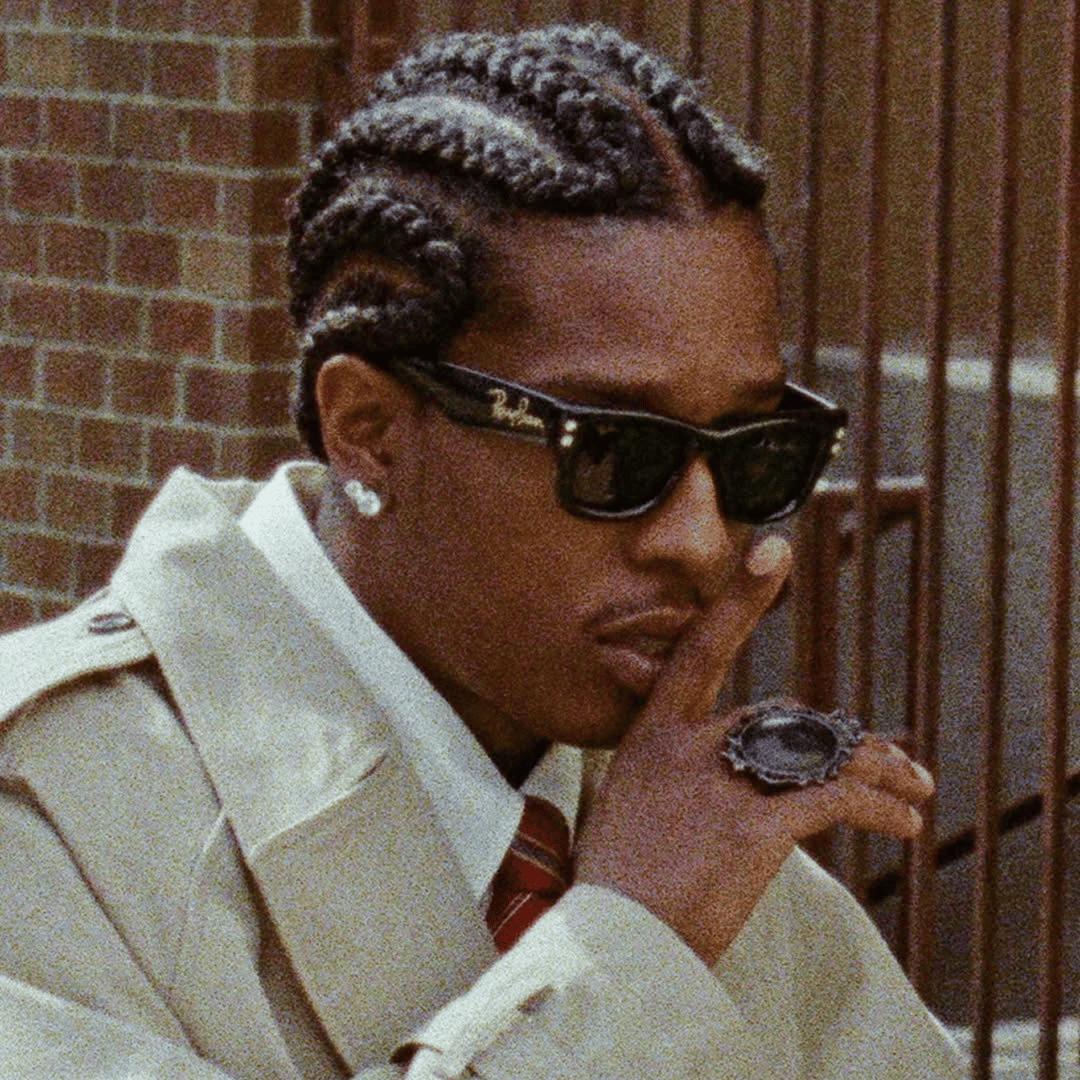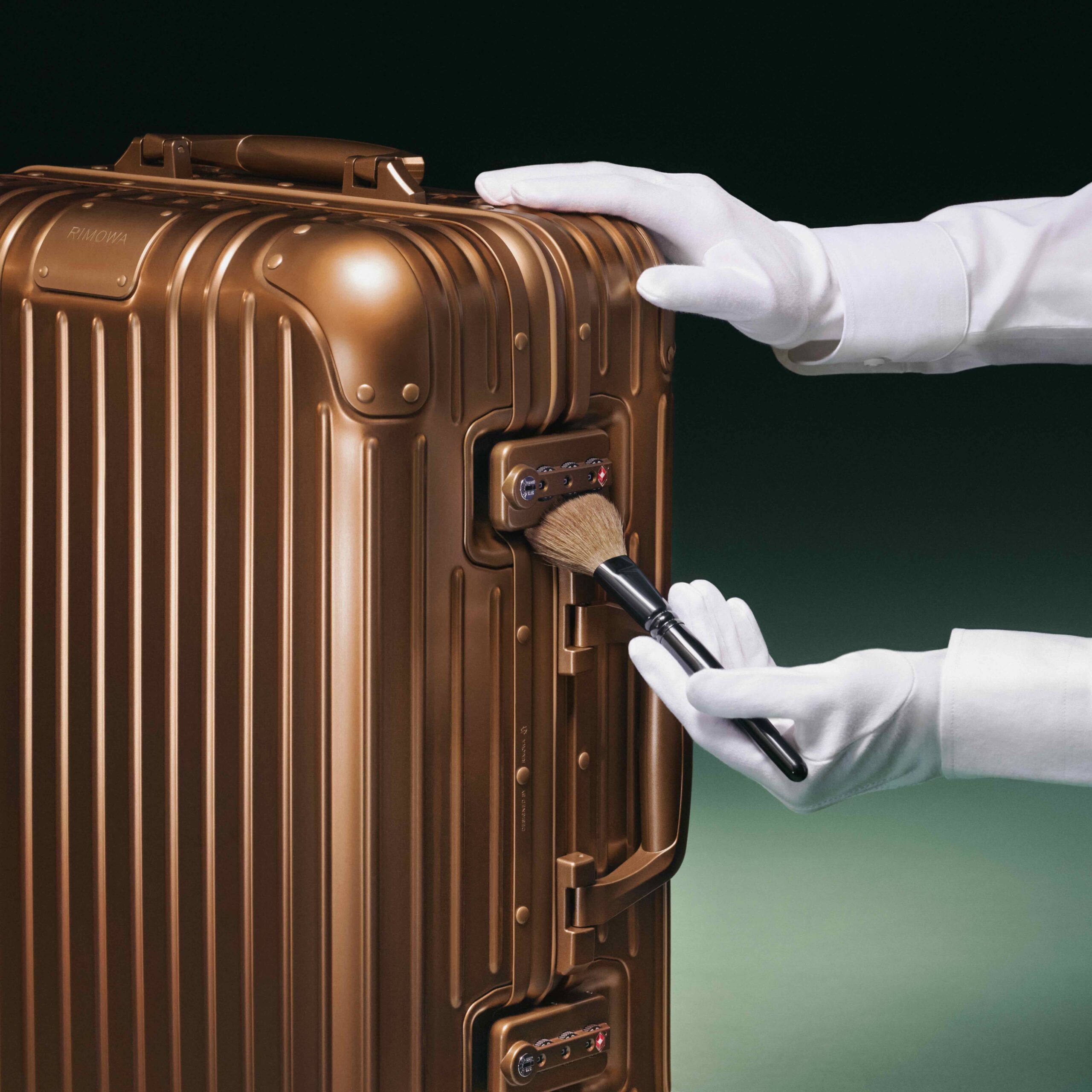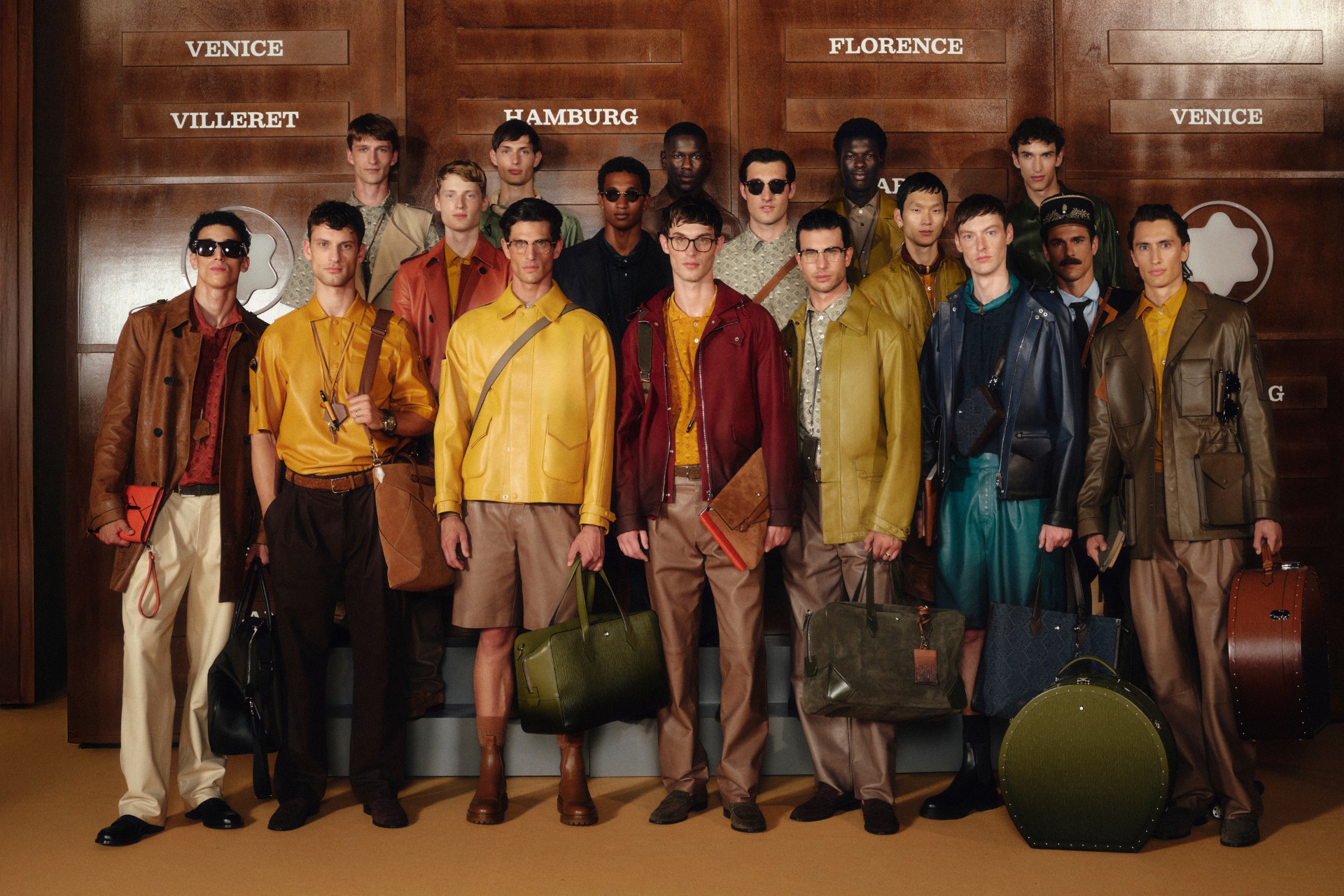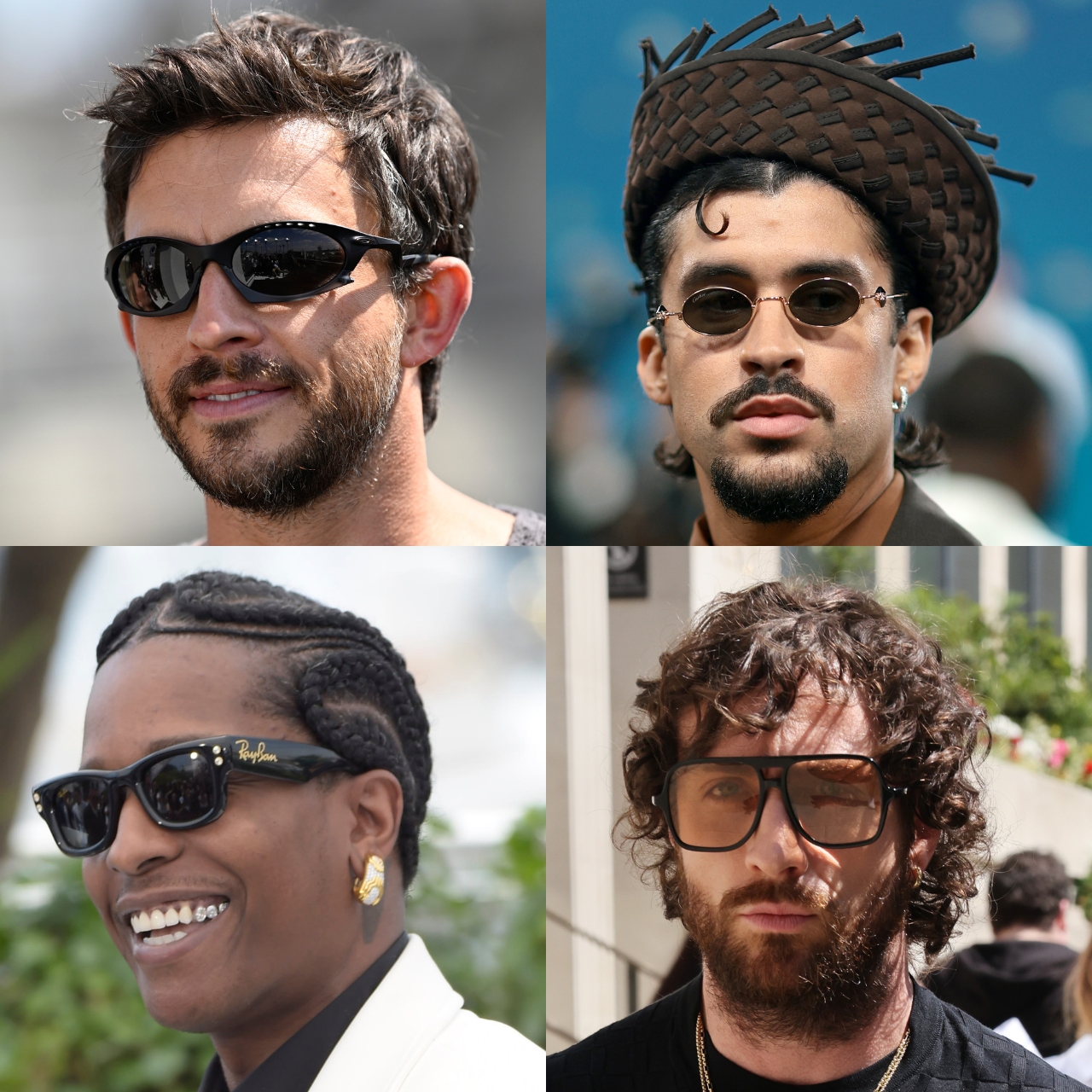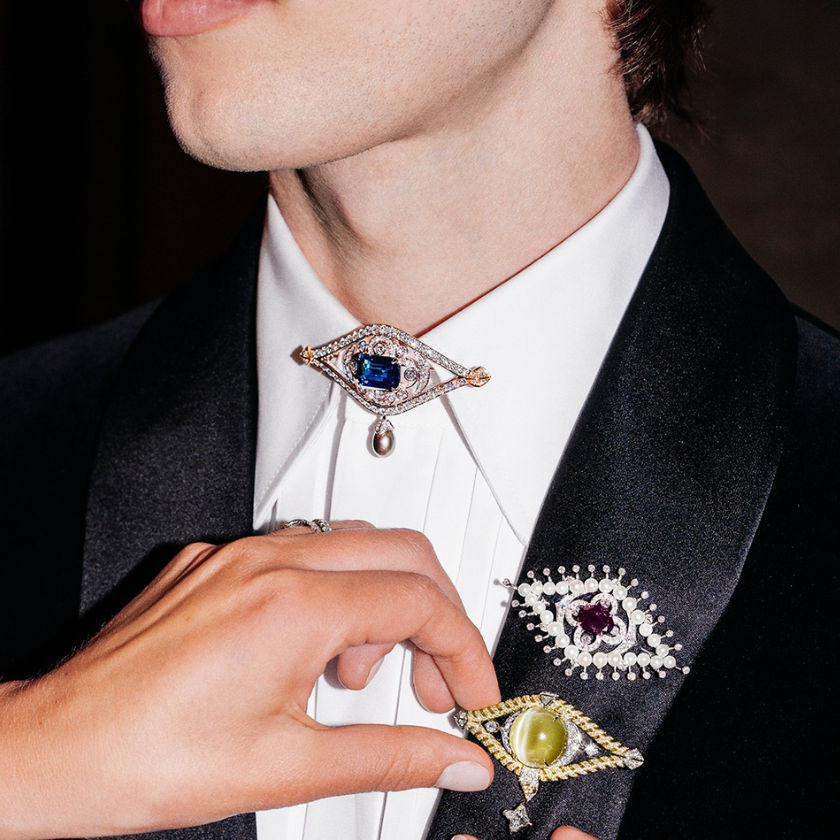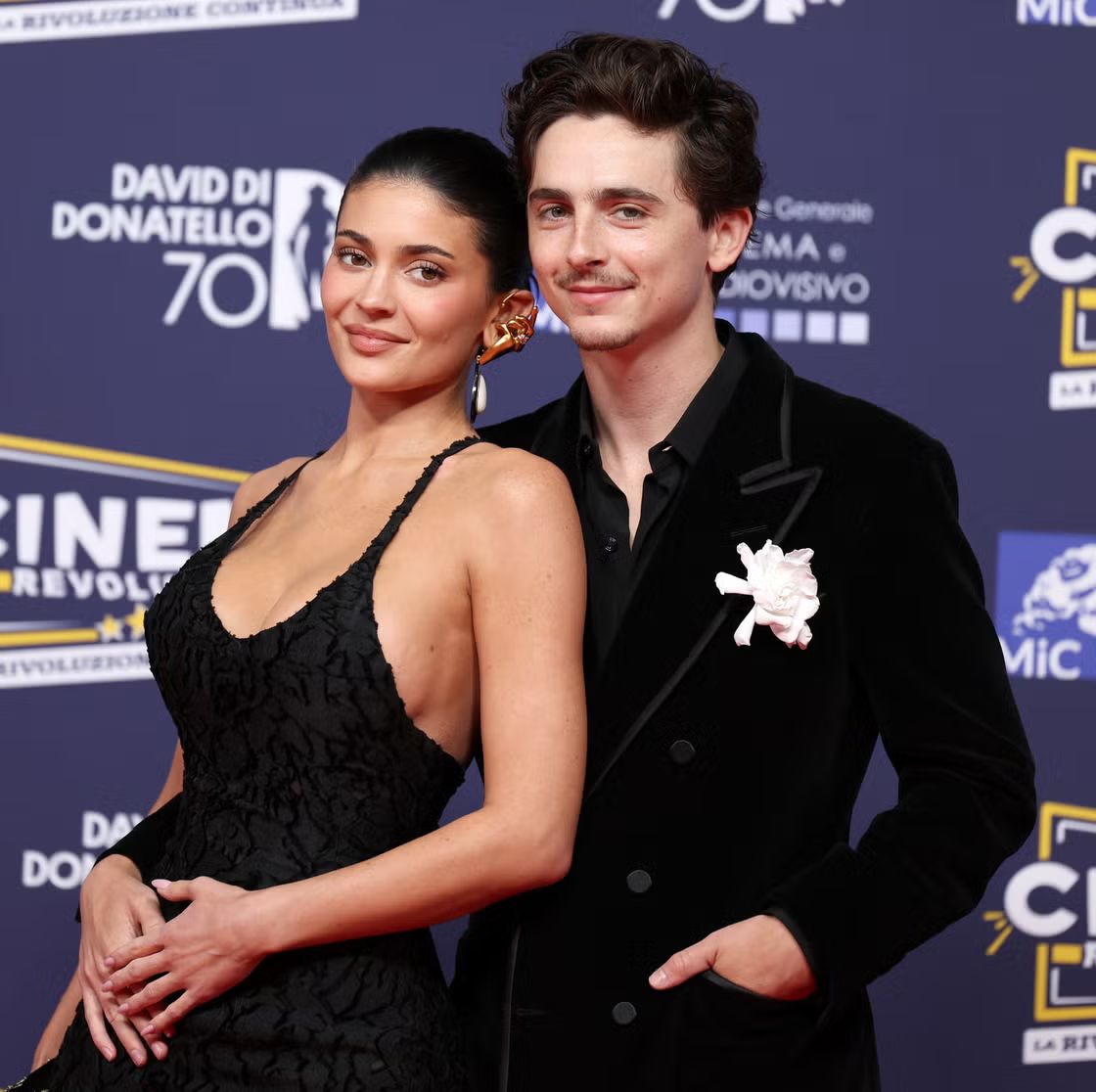Meet the NYC jeweller behind Jacob Elordi’s favourite emerald signet ring
We speak to the New York-based jeweller about designing pieces fit for a Byzantine king – or one of the world’s most famous actors
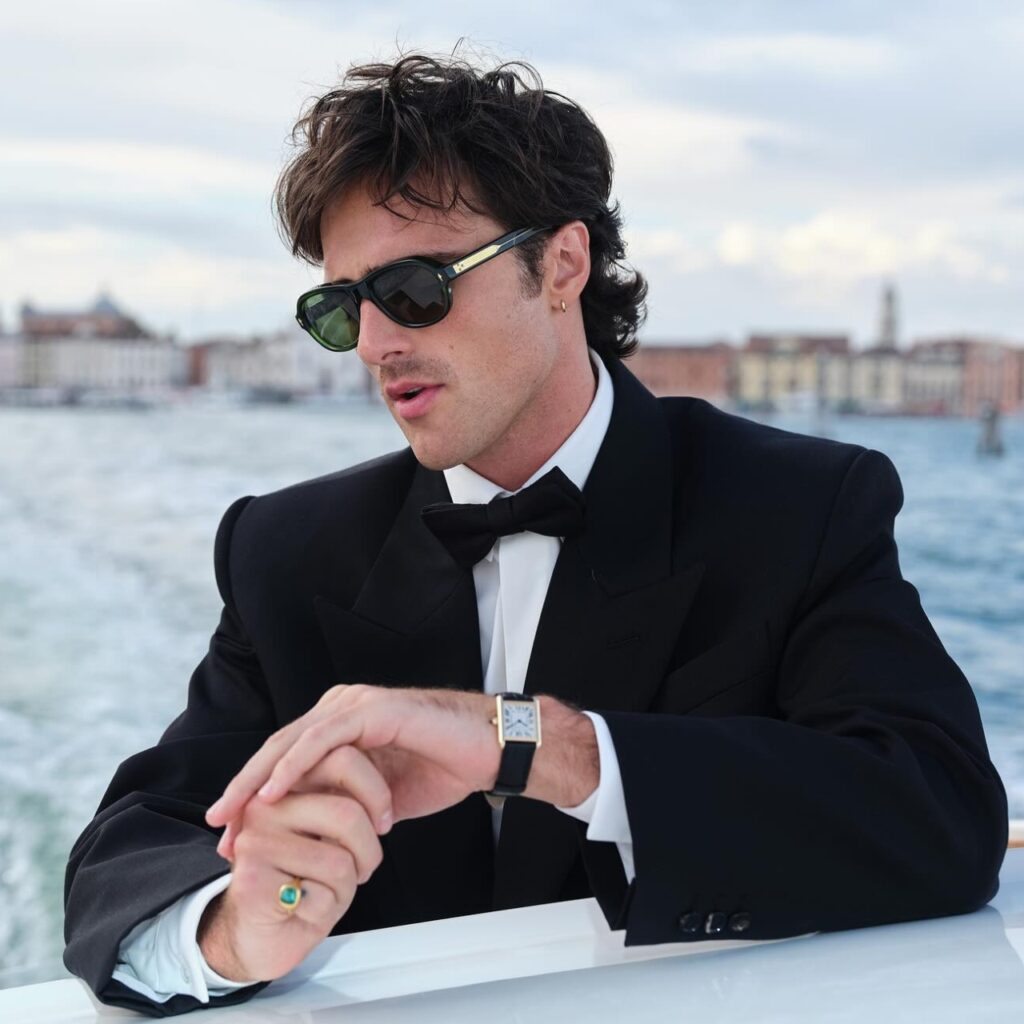
THROUGHOUT HIS APPEARANCES at the Venice Film Festival, Jacob Elordi wore a slew of the new Bottega Veneta menswear and an assortment of Cartier Tanks, brands with whom he’s an ambassador and a ‘friend’ of, respectively. This is normal sounding enough for the economy of a celebrity’s public life – loaned style, like walking campaigns – but the only thing that was his, and this is rarely the case, was an emerald signet ring. Waving to fans from his arrival boat, chucking up the occasional peace-sign and thumbs up, the ring, worn on his right pinky, was not by one of the big French makers, but independent New York jeweller Eli Halili.
Working since 2006, Halili designs the kind of jewellery that could’ve once been worn by a Byzantine king. Elordi’s ring features a cushion cut emerald set in granulated 22-carat yellow gold; it perfectly matched the yellow gold Tank Louis with a green strap and dial that the 28-year-old actor wore during the festival press call for his upcoming film, Frankenstein.
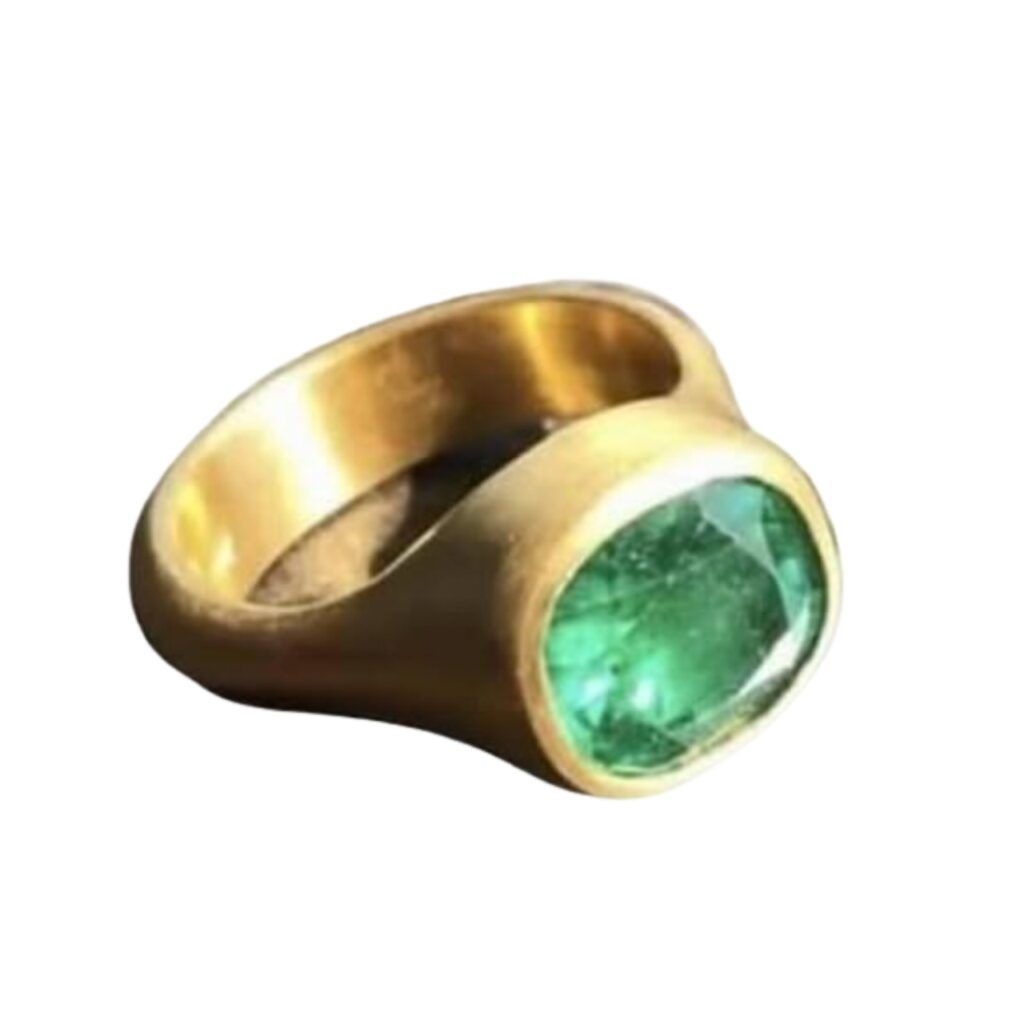
Gold is Halili’s main metal. “I trained my hands to work with gold the way ancient goldsmiths once did,” he tells Esquire. Referencing pieces held in museums, Halili combined his training from jewellery school with self-research and interest in ancient history. “Processes such as granulation and bezel settings are thousands of years old, but they aren’t widely practiced today,” he says. “It was trial, error, patience, and an obsession.”
Necklaces, earrings and bracelets also make up Halili’s stable, hand forged in his studio on Manhattan’s Lower East Side. Aside from precious stones, the jewellery designer has carved out his niche by using ancient coins bought at auctions or from dealers from London to Jerusalem. One necklace pendant, for example, is a silver Greek coin dated from 357 to 336 BC that shows Zeus’ head in profile on one side and a rider on horseback on the other. It’s listed for $10,000 USD on Halili’s website. “Each [piece] is created with the thought that it could have been worn 3,000 years ago and will still feel relevant 3,000 years from now,” he says.
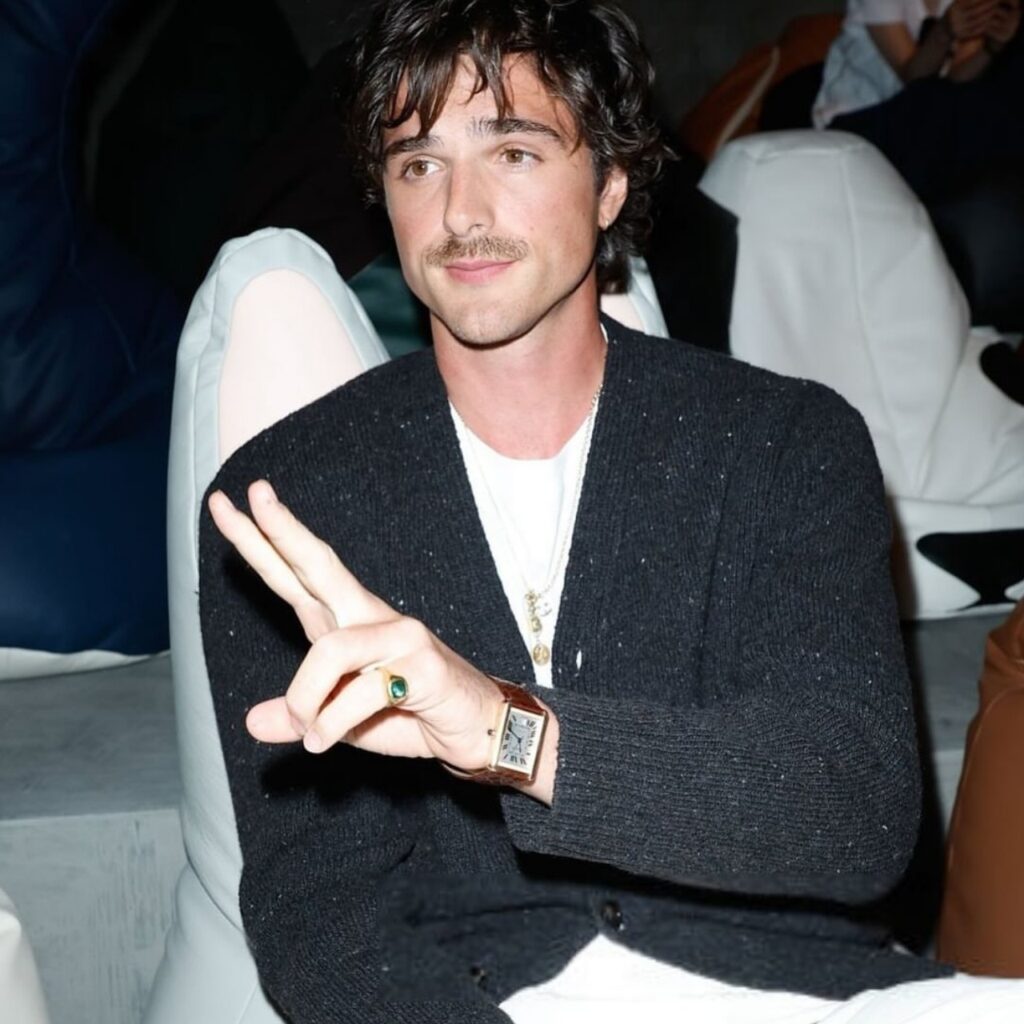
He also counts modern day kings as customers. Halili is behind the gold chain Mark Zuckerberg wore in his now infamous Bloomberg podcast interview where the Meta boss debuted a new look. On another note, the designer worked with Zuckerberg on the pendant’s engraving: the Jewish prayer, Mie Shebeirach, that he sings to his daughters before bed that translates to “May we have the courage to make our lives a blessing”. Halili describes his designs as talismanic.
“In a world that moves quickly, people, especially artists and cultural figures, are searching for something grounding, something that connects them to a bigger story,” he observes. “Jacob and I connected naturally, through a shared love of authenticity. He was drawn to the history and symbolism in my work . . . What makes Jacob unique is his very personal sense of style! He chooses pieces carefully.”
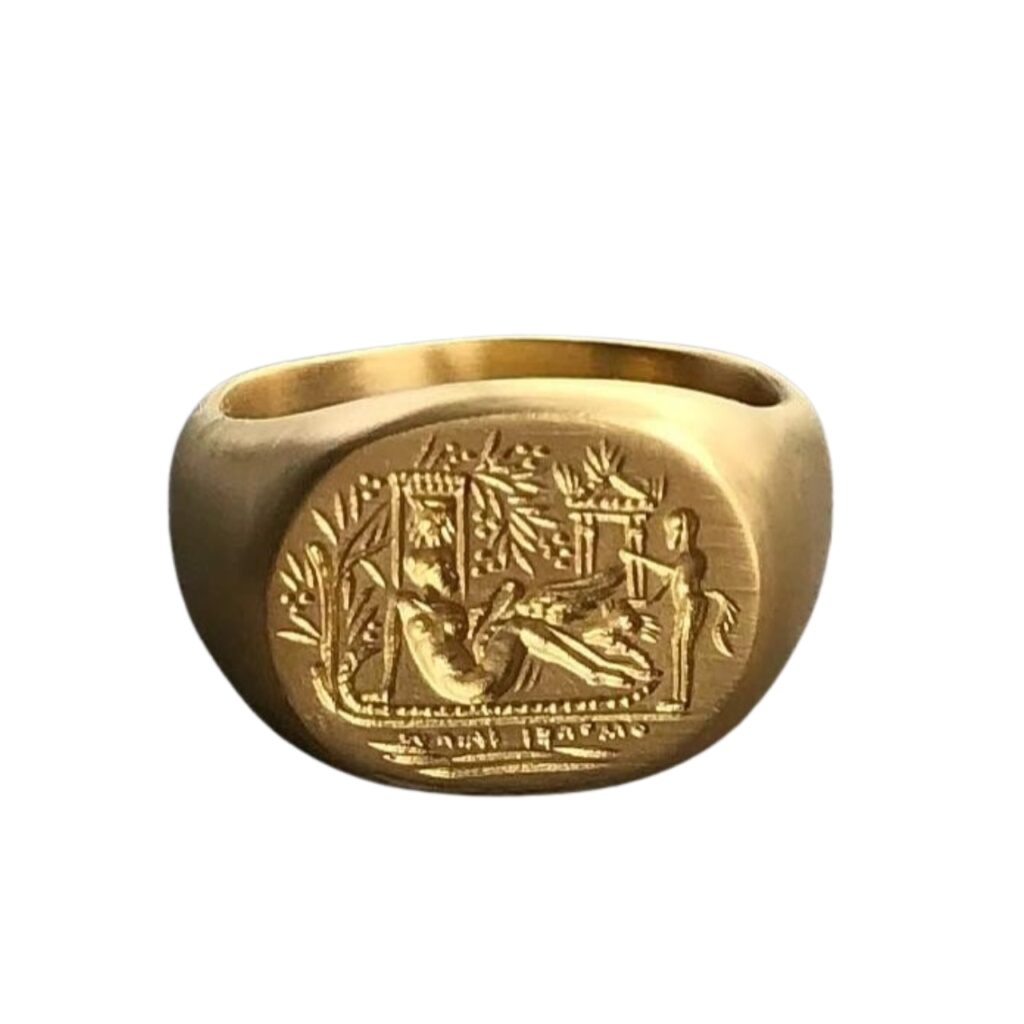
Authenticity and time are two themes that have informed fashion trends like expediting the personalisation of buying bag charms in bulk or vintage workwear rife with scuffs and patina. The brand operates on a more intimate basis that confronts its wearers with provenance. Not resting on luxury jewellery’s narratives of machismo gadgets, Halili’s designs instead build “personal bridges between history and the individual who wears them”.
These images coming out of Venice of the Brisbanite in his ring and Tanks are poised to become a cool reference point. Maybe in a hundred years from now, like how we look at the anatopistic combo of Rudolph Valentina’s Cartier Tank in The Son of the Sheik.
Related:
In Venice, Jacob Elordi debuts the new Bottega Veneta
Jacob Elordi’s beard caused a stir. Here’s how to grow one out without making headlines




